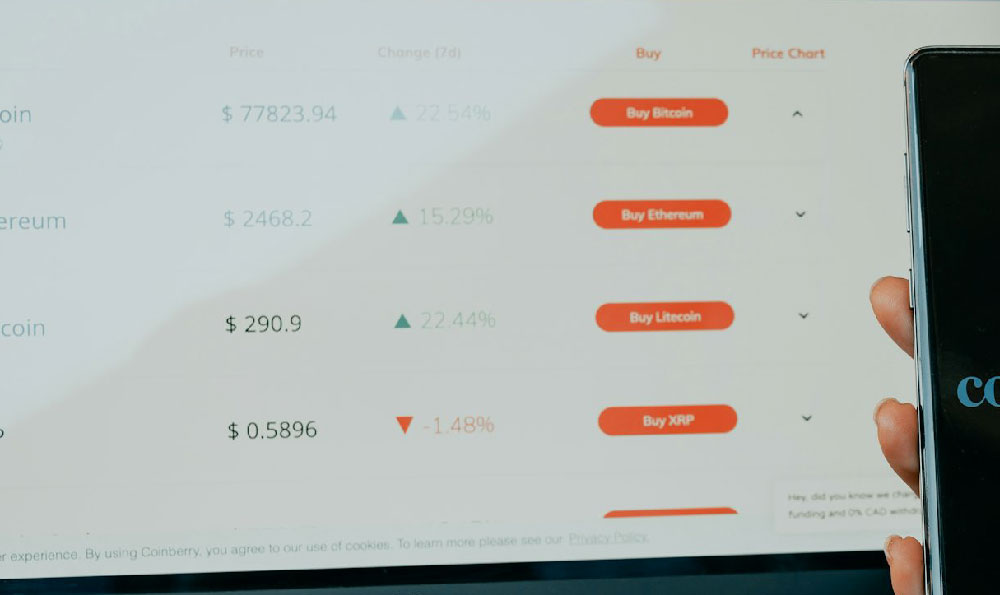
The allure of converting digital art into tangible income has captivated many, especially in an era dominated by visual content. Selling pictures, whether they are photographs, illustrations, or digital art, presents a legitimate opportunity to earn money, but navigating this landscape requires a realistic perspective and a strategic approach. The potential is real, but sustainable success hinges on understanding the various avenues available, building a strong portfolio, and mastering the art of self-promotion.
The avenues for selling pictures are diverse and evolving. Stock photography platforms, such as Shutterstock, Adobe Stock, and Getty Images, offer a traditional route. Here, photographers and illustrators upload their work, and users purchase licenses to use those images. The income is generally passive, earned each time a picture is downloaded. However, the competition on these platforms is fierce, and the earnings per download can be relatively low. To succeed, one needs to focus on creating high-quality, in-demand content, researching trending topics and visual styles, and optimizing keywords for discoverability. Niches often perform better than general subject matter. For example, images depicting specific occupations, diverse cultural representations, or unique perspectives on everyday life can stand out.
Beyond stock photography, print-on-demand (POD) services like Redbubble, Society6, and Printful provide another viable option. These platforms allow artists to upload their designs, which are then printed on various products like t-shirts, mugs, phone cases, and wall art, only when an order is placed. This eliminates the need for artists to manage inventory or shipping. The artist sets their profit margin, and the platform handles the rest. POD services are particularly well-suited for illustrators and digital artists with strong branding and a unique aesthetic. Success here depends on creating eye-catching designs, promoting products effectively on social media, and building a strong brand identity. Focusing on a specific niche or target audience can significantly improve sales.

For those seeking greater control and higher profit margins, selling prints directly through their own online store is a compelling option. Platforms like Shopify, Etsy, and Squarespace offer tools to create a professional-looking online store. This approach requires more effort in terms of marketing, customer service, and order fulfillment, but it allows artists to retain a larger share of the revenue and build a direct relationship with their customers. Building an email list, actively engaging with followers on social media, and offering exclusive deals can drive sales and foster customer loyalty. High-quality packaging and personalized thank-you notes can also enhance the customer experience and encourage repeat business.
Another emerging avenue is the sale of Non-Fungible Tokens (NFTs). NFTs are unique digital assets that are stored on a blockchain. They can represent anything digital, including images, videos, and music. While the NFT market is volatile and speculative, it has provided some artists with the opportunity to sell their work for significant sums of money. Platforms like OpenSea, Rarible, and Foundation facilitate the creation and sale of NFTs. However, success in the NFT space requires a deep understanding of blockchain technology, cryptocurrency, and the art market. Building a strong online presence and engaging with the NFT community are crucial for gaining visibility and attracting collectors. Artists need to be aware of the environmental impact of NFTs and consider using energy-efficient blockchain technologies.
Regardless of the chosen platform, building a strong portfolio is paramount. A portfolio should showcase the artist's best work, demonstrate their unique style, and cater to the interests of their target audience. High-quality images, consistent branding, and a professional website are essential. Actively seeking feedback from peers and mentors can help refine the portfolio and identify areas for improvement. Furthermore, continuous learning and experimentation with new techniques and styles are crucial for staying relevant and competitive.
Mastering the art of self-promotion is equally important. Social media platforms like Instagram, Pinterest, and Twitter offer powerful tools for reaching potential customers. Sharing behind-the-scenes content, engaging with followers, and running targeted advertising campaigns can significantly increase visibility and drive traffic to the artist's online store or portfolio. Collaborating with other artists and influencers can also expand reach and introduce the artist to new audiences. Participating in online art communities and contests can provide valuable exposure and networking opportunities.
However, the journey to monetizing visual content is not without its challenges. Copyright infringement is a significant concern. Artists need to protect their work by watermarking images and registering copyrights. Utilizing licensing agreements can also ensure that their work is used appropriately and that they receive proper attribution and compensation. Furthermore, understanding the terms and conditions of each platform is crucial to avoid any legal issues or disputes.
In conclusion, selling pictures can indeed be a viable source of income, but it requires more than just artistic talent. It demands a strategic approach, a strong online presence, a commitment to continuous learning, and a keen understanding of the market. By carefully selecting the right platforms, building a compelling portfolio, mastering the art of self-promotion, and protecting their intellectual property, artists can increase their chances of converting their passion for visual creation into a sustainable and rewarding career. The key is to approach it as a business, invest time and effort in marketing and promotion, and adapt to the ever-changing landscape of digital commerce. Success doesn’t happen overnight, but with persistence and dedication, turning pictures into profit is an attainable goal.





